Adolescent Obesity Prevalence: Trends Over Time
The Youth Risk Behavior Surveillance System (YRBSS) monitors six types of health risk behaviors as well as the prevalence of select health conditions and diseases, including obesity, among youth. As part of the YRBS survey, high school students report on their own behaviors as well as their height and weight, which are used to calculate Body Mass Index (BMI). These self-reported data are useful for tracking the proportion of high school students with obesity (BMI >95th percentile) over time.
For a closer look at High School YRBS data about obesity prevalence, view the interactive source data tables. Users can filter data by state, race/ethnicity, sex, and grade level.
Click on the tabs to see maps from 2003–2015.
Percentage of high school students who had obesity,*2015†
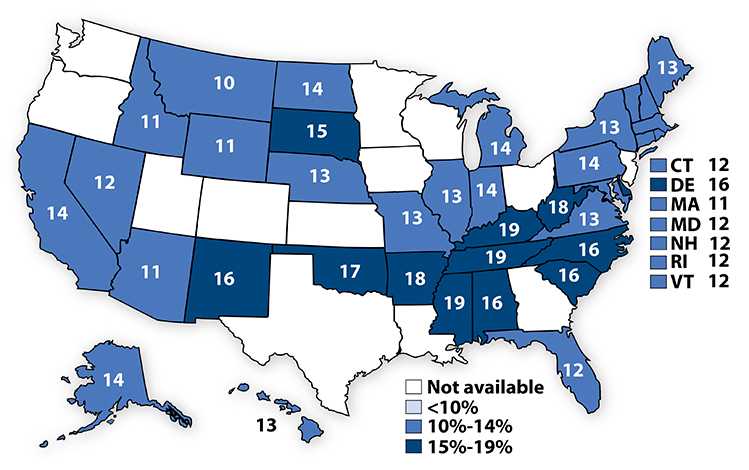
Download map [PDF - 961 KB].
Download or view 2015 High School YRBS Obesity Map source data table.
* ≥ 95th percentile for body mass index, based on sex- and age-specific reference data from the 2000 CDC growth charts.
†Previous YRBS reports used the terms overweight to describe those youth with a BMI ≥ to 95th percentile for age and sex and at risk for overweight for those with a BMI ≥ 85th percentile and < 95th percentile. However, the CDC now uses the terms obese and overweight in accordance with the 2007 recommendations from the Expert Committee on the Assessment, Prevention, and Treatment of Child and Adolescent Overweight and Obesity convened by the American Medical Association (AMA) and cofunded by AMA in collaboration with the Health Resources and Services Administration and the CDC.
Percentage of high school students who had obesity,*2013†
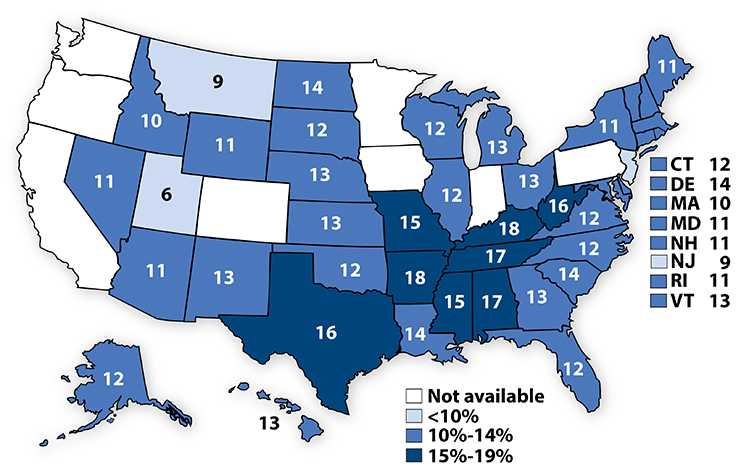
Download map [PDF - 982 KB].
Download or view 2013 High School YRBS Obesity Map source data table.
* ≥ 95th percentile for body mass index, based on sex- and age-specific reference data from the 2000 CDC growth charts.
†Previous YRBS reports used the terms overweight to describe those youth with a BMI ≥ to 95th percentile for age and sex and at risk for overweight for those with a BMI ≥ 85th percentile and < 95th percentile. However, the CDC now uses the terms obese and overweight in accordance with the 2007 recommendations from the Expert Committee on the Assessment, Prevention, and Treatment of Child and Adolescent Overweight and Obesity convened by the American Medical Association (AMA) and cofunded by AMA in collaboration with the Health Resources and Services Administration and the CDC.
Percentage of high school students who had obesity,*2011†

Download map [PDF - 983 KB].
Download or view 2011 High School YRBS Obesity Map source data table.
* ≥ 95th percentile for body mass index, based on sex- and age-specific reference data from the 2000 CDC growth charts.
†Previous YRBS reports used the terms overweight to describe those youth with a BMI ≥ to 95th percentile for age and sex and at risk for overweight for those with a BMI ≥ 85th percentile and < 95th percentile. However, the CDC now uses the terms obese and overweight in accordance with the 2007 recommendations from the Expert Committee on the Assessment, Prevention, and Treatment of Child and Adolescent Overweight and Obesity convened by the American Medical Association (AMA) and cofunded by AMA in collaboration with the Health Resources and Services Administration and the CDC.
Percentage of high school students who had obesity,*2009†
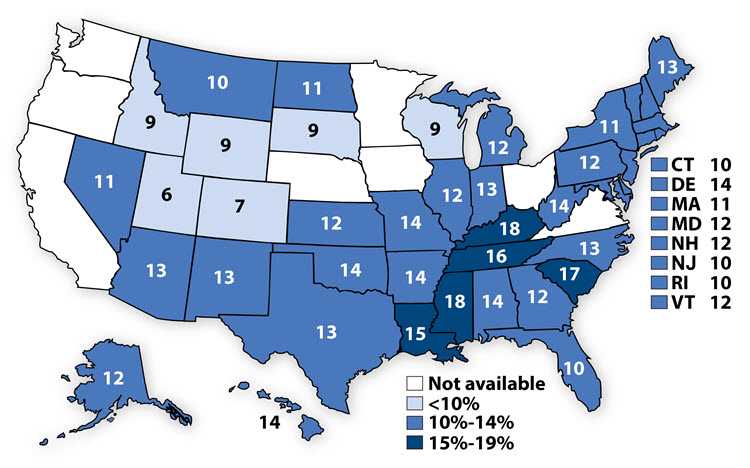
Download map [PDF - 938 KB].
Download or view 2009 High School YRBS Obesity Map source data table.
* ≥ 95th percentile for body mass index, based on sex- and age-specific reference data from the 2000 CDC growth charts.
†Previous YRBS reports used the terms overweight to describe those youth with a BMI ≥ to 95th percentile for age and sex and at risk for overweight for those with a BMI ≥ 85th percentile and < 95th percentile. However, the CDC now uses the terms obese and overweight in accordance with the 2007 recommendations from the Expert Committee on the Assessment, Prevention, and Treatment of Child and Adolescent Overweight and Obesity convened by the American Medical Association (AMA) and cofunded by AMA in collaboration with the Health Resources and Services Administration and the CDC.
Percentage of high school students who had obesity,*2007†
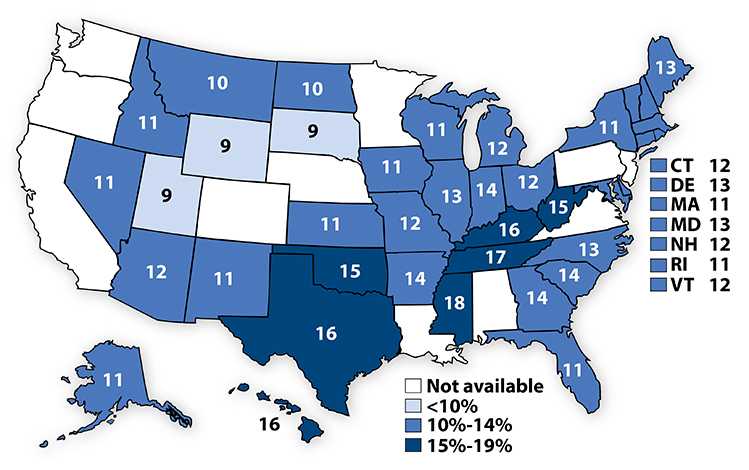
Download map [PDF - 964 KB].
Download or view 2007 High School YRBS Obesity Map source data table.
*≥ 95th percentile for body mass index, based on sex- and age-specific reference data from the 2000 CDC growth charts.
†Previous YRBS reports used the terms overweight to describe those youth with a BMI ≥ to 95th percentile for age and sex and at risk for overweight for those with a BMI ≥ 85th percentile and < 95th percentile. However, the CDC now uses the terms obese and overweight in accordance with the 2007 recommendations from the Expert Committee on the Assessment, Prevention, and Treatment of Child and Adolescent Overweight and Obesity convened by the American Medical Association (AMA) and cofunded by AMA in collaboration with the Health Resources and Services Administration and the CDC.
Percentage of high school students who had obesity,*2005†
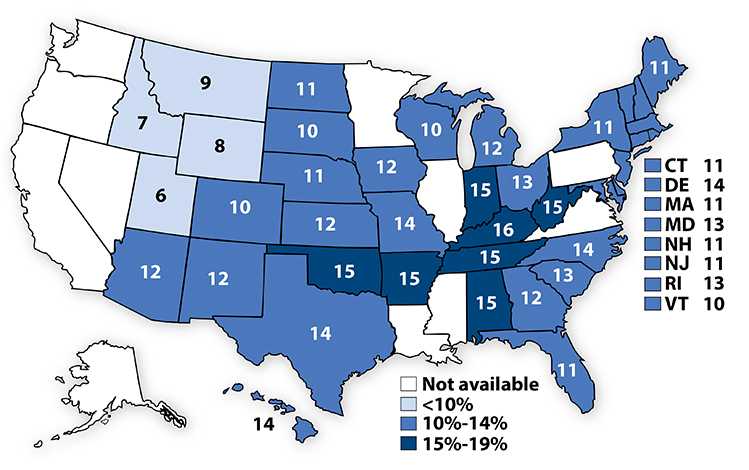
Download map [PDF - 1 MB].
Download or view 2005 High School YRBS Obesity Map source data table.
* ≥ 95th percentile for body mass index, based on sex- and age-specific reference data from the 2000 CDC growth charts.
†Previous YRBS reports used the terms overweight to describe those youth with a BMI ≥ to 95th percentile for age and sex and at risk for overweight for those with a BMI ≥ 85th percentile and < 95th percentile. However, the CDC now uses the terms obese and overweight in accordance with the 2007 recommendations from the Expert Committee on the Assessment, Prevention, and Treatment of Child and Adolescent Overweight and Obesity convened by the American Medical Association (AMA) and cofunded by AMA in collaboration with the Health Resources and Services Administration and the CDC.
Percentage of high school students who had obesity,*2003†
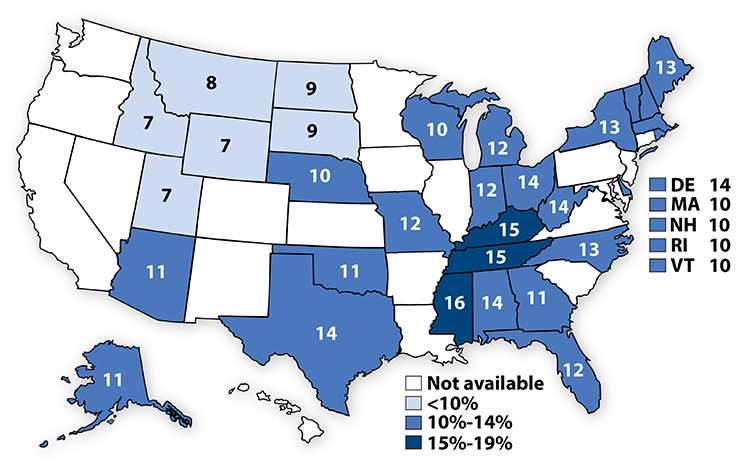
Download map [PDF - 961 KB].
Download or view 2003 High School YRBS Obesity Map source data table.
*≥ 95th percentile for body mass index, based on sex- and age-specific reference data from the 2000 CDC growth charts.
†Previous YRBS reports used the terms overweight to describe those youth with a BMI ≥ to 95th percentile for age and sex and at risk for overweight for those with a BMI ≥ 85th percentile and < 95th percentile. However, the CDC now uses the terms obese and overweight in accordance with the 2007 recommendations from the Expert Committee on the Assessment, Prevention, and Treatment of Child and Adolescent Overweight and Obesity convened by the American Medical Association (AMA) and cofunded by AMA in collaboration with the Health Resources and Services Administration and the CDC.
- Page last reviewed: August 10, 2016
- Page last updated: August 10, 2016
- Content source:


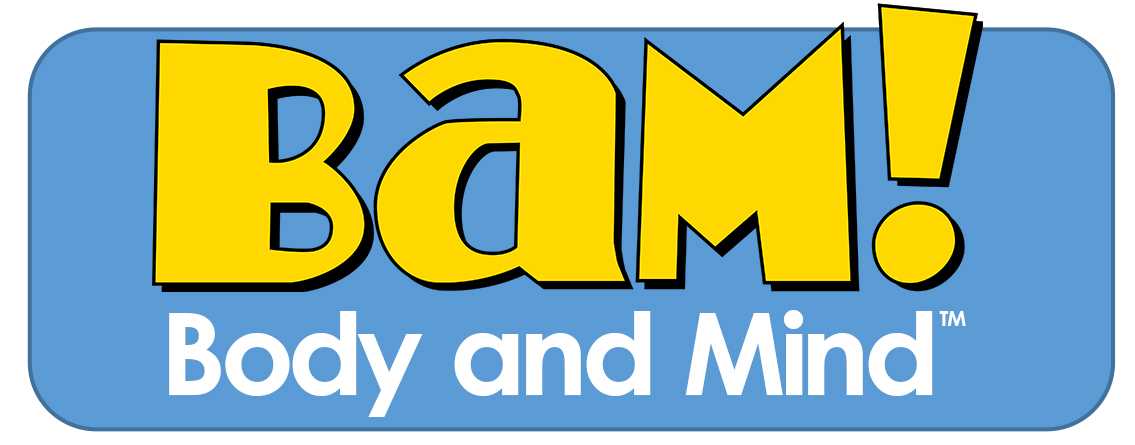
 ShareCompartir
ShareCompartir